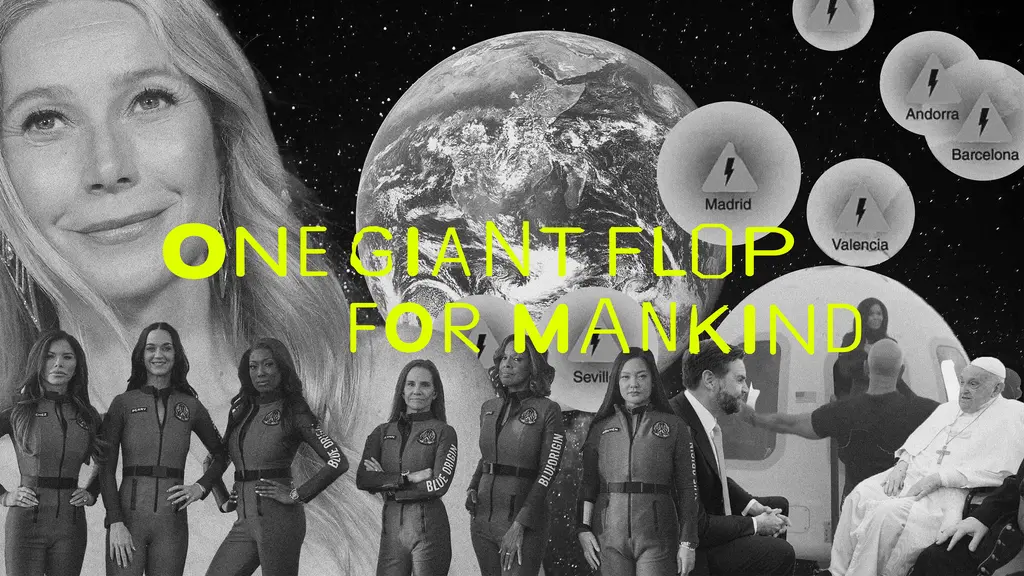A journey inside Stalin's Siberian prison camps
- Text by Miss Rosen
- Photography by Barry Lewis

In winter 1991, British photographer Barry Lewis set forth on a journey to the Gulag. The trip to Josef Stalin’s notorious Siberian prison camps is one which few had returned from. As the Soviet Union barrelled towards its demise that December, the spirit of glasnost (openness and transparency) prevailed as the dark heart of the USSR was finally laid open for all the world to see.
On assignment for Geo magazine, Lewis was taken inside the notorious slave labour camps that housed convicts and political dissidents. Prisoners there were often imprisoned without trial, with some 18 million citizens disappeared at their peak between 1930 and 1953.
Buried in this far flung corner of the Soviet empire lay untold wealth of uranium and gold. Prisoners were forced to work in inhospitable conditions at temperatures of -30° C to say nothing of radiation poisoning. Some two million prisoners perished while in prison, while survivors settled into the town of Magadan having nowhere else to go. While the most dangerous camps had closed by 1991 some remained operational, and Lewis was permitted to document it all.


Now Lewis looks back on this extraordinary project in the new book, Gulag: A journey into the darkness of Stalin's Siberian prison camps (Fistful of Books). Gulag opens with Lewis’ ominous arrival on bleak shores of this distant world, evoking a harrowing feeling that one has reached the point of no return. The book unfolds like Dante’s Inferno, leading us into deeper circles of hell.
“The writer, Peter-Mattheas Gaede and I decided to make the journey from the port to the infamous mines and camps of the Kolyma Hills, following the path thousands of prisoners had taken from 1930s to the 50s,” says Lewis. “I particularly wanted to do this journey in mid-winter to echo the pain of the prisoner’s march north along the Road of Bones.”
As a British citizen, Lewis was afforded protection on his journey, a privilege he readily understood as he faced the foreboding truth of the Gulag. “I was originally a chemist and knew the dangers of our final destination: the ruins of the Butugychag camp, not even listed in the documentation of abandoned camps, where prisoners mined and processed uranium,” he says.

Situated high in the Kolyma mountains, Butugychag camp was abandoned after Stalin’s death in 1954, but it still posed great danger to all who dared to enter. Inside the abandoned settlement, the rock-built cells continued to emit deadly levels of radioactivity.
“Ironically the place I was most nervous of, Camp AV261/4, an active prison work camp outside the settlement of Uptar, proved to be warm and interesting,” he says. “I was given permission to wander freely (with an armed guard!) amongst the inmates who showed curiosity more than hostility.”


Ultimately Gulag is a story of histories untold, erased, and lost — particularly those who survived to tell the tale. “These old people all had stories of a history that the Russian government wanted to forget and, despite perestroika, were hoping would disappear with their deaths,” Lewis says.
“They had a quiet dignity, their pain and loss, metamorphosed into a fragile radiance, the anger transformed into a tired kindness, but always needing to tell their story.”
Enjoyed this article? Follow Huck on X and Instagram.
Support stories like this by becoming a member of Club Huck.
You might like

In Medellín’s alleys and side streets, football’s founding spirit shines
Street Spirit — Granted two weeks of unfettered access, photographer Tom Ringsby captures the warmth and DIY essence of the Colombian city’s grassroots street football scene.
Written by: Isaac Muk

Remembering New York’s ’90s gay scene via its vibrant nightclub flyers
Getting In — After coming out in his 20s, David Kennerley became a fixture on the city’s queer scene, while pocketing invites that he picked up along the way. His latest book dives into his rich archive.
Written by: Miss Rosen

On Alexander Skarsgård’s trousers, The Rehearsal, and the importance of weirdos
Freaks and Finances — In the May edition of our monthly culture newsletter, columnist Emma Garland reflects on the Swedish actor’s Cannes look, Nathan Fielder’s wild ambition, and Jafaican.
Written by: Emma Garland

Why Katy Perry’s space flight was one giant flop for mankind
Galactic girlbossing — In a widely-panned, 11-minute trip to the edge of the earth’s atmosphere, the ‘Women’s World’ singer joined an all-female space crew in an expensive vanity advert for Jeff Bezos’ Blue Origin. Newsletter columnist Emma Garland explains its apocalypse indicating signs.
Written by: Emma Garland

Katie Goh: “I want people to engage with the politics of oranges”
Foreign Fruit — In her new book, the Edinburgh-based writer traces her personal history through the citrus fruit’s global spread, from a village in China to Californian groves. Angela Hui caught up with her to find out more.
Written by: Angela Hui

We are all Mia Khalifa
How humour, therapy and community help Huck's latest cover star control her narrative.
Written by: Alya Mooro



